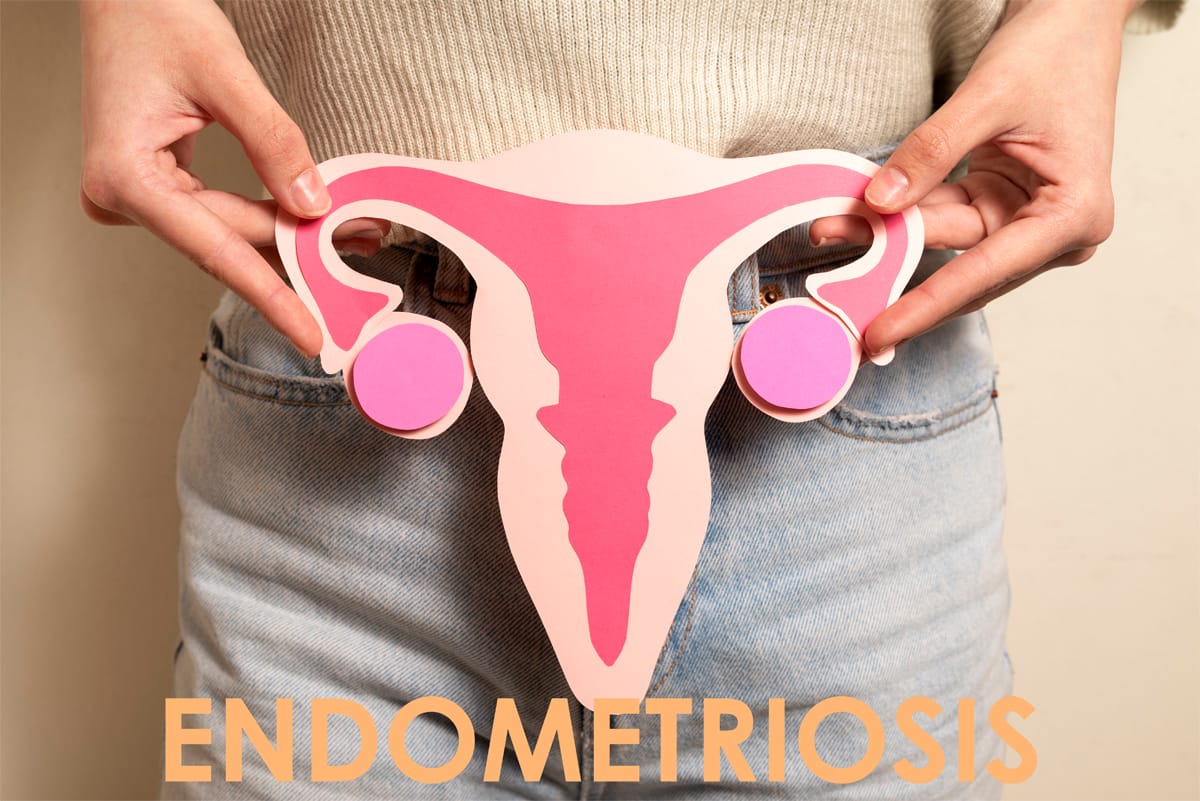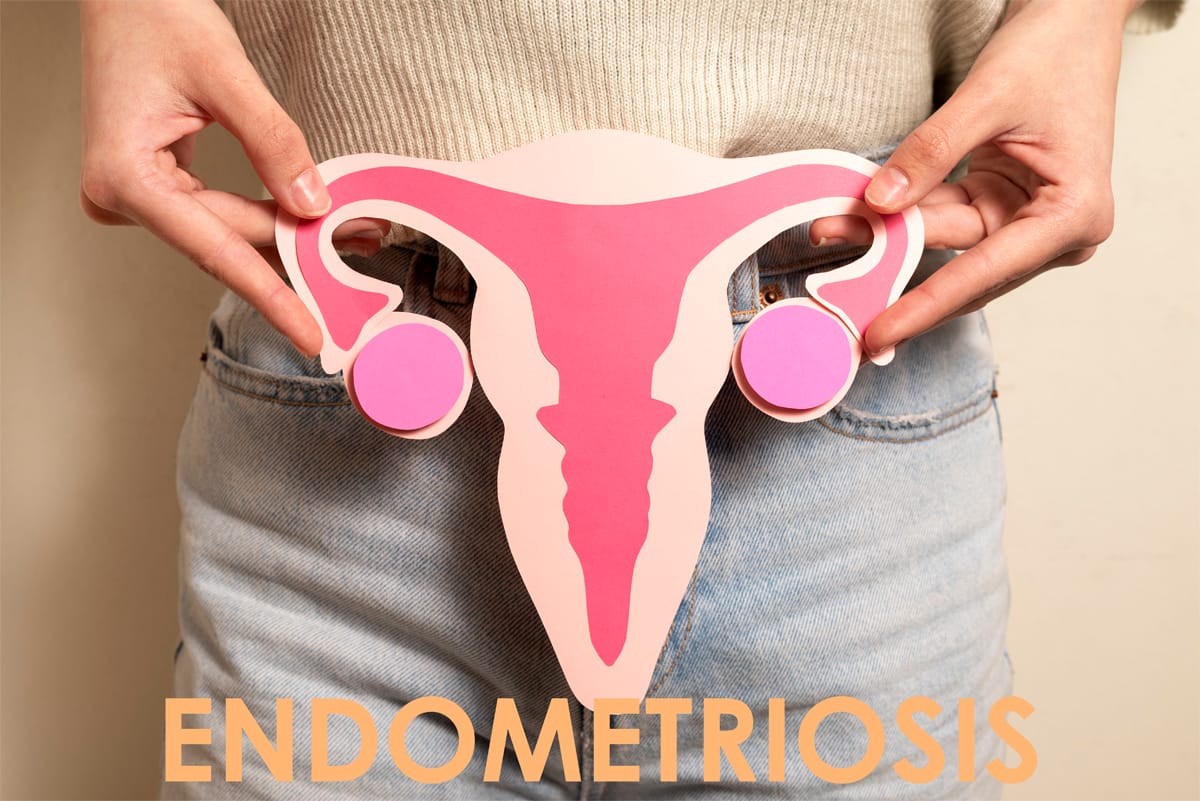The labour and delivery process can greatly benefit from Pelvic Physiotherapy. Pelvic Physiotherapists can help to improve strength and mobility of the muscles and joints in the pelvic area and help make it easier for the baby to descend through the birth canal during delivery.
FAQs about the Labour and Delivery Process
What are the different stages of Labour and Delivery?
The three stages of labour and delivery are:
- Early Labour: This is from the onset of labor to when the cervix is fully dilated to 3-4 centimeters.
- Active Labour: This is when the cervix is fully dilated to 3-4 centimeters to when it is fully dilated to 10 centimeters.
- Transition: This is when the cervix is fully dilated to 10 centimeters to the delivery of the baby.
How long does labour usually last?
The duration of labour varies from person to person and can range from a few hours to over 24 hours for first-time mothers.
What are the common signs of labour?
The common signs of labour include:
- Regular contractions
- Water breaking
- Back pain
- Pelvic pressure
- Blood-tinged mucus discharge
What is an epidural and how does it work?
An epidural is a type of anesthesia that is used to relieve pain during labor and delivery. It is administered through a small catheter placed in the lower back and works by blocking the sensation of pain in the lower body while allowing the woman to remain conscious.
What is the process of a vaginal delivery like?
A vaginal delivery is the delivery of a baby through the birth canal without the use of surgical intervention. During a vaginal delivery, the baby moves through the birth canal and the mother pushes with contractions to help deliver the baby.
What is a cesarean delivery (C-section)?
Doctors perform a cesarean delivery (C-section) by making an incision in the mother’s abdomen and uterus to deliver the baby. They typically opt for a C-section when a vaginal delivery is not possible or when there is a medical concern for the mother or the baby.
What are some of the risks associated with labour and delivery?
Some of the risks associated with labor and delivery include:
- Preterm labour and delivery
- Hemorrhage
- Infection
- Fetal distress
- Shoulder dystocia (difficulty delivering the baby’s shoulders)
What can I do to prepare for labour and delivery?
You can prepare for labour and delivery by:
- Take childbirth education classes
- See a pelvic health physiotherapist
- Create a birth plan
- Find a supportive birth team like doulas or midwives
- Pack a hospital bag
- Discuss pain management options with your healthcare provider.

The role of Pelvic Health Physiotherapists in preparing you for Labour and Delivery

Pelvic physiotherapy can help to alleviate common pregnancy-related symptoms such as back pain, incontinence, and pelvic pain. A combination of manual therapy techniques with soft tissue and joint mobilization along with mobility work can be used to alleviate pain in the pelvic area, additionally, the physiotherapist can also work on alignment and posture to help prevent injury and reduce discomfort.
Leading up to labour, a pelvic physiotherapist can provide you with a variety of tools to help with pain relief and positioning to improve your experience during labour. One of the common techniques taught to birthing parents at 32 weeks, is the perineal massage to reduce the chance of tearing during delivery. In addition, you would also be taught positions to help reduce discomfort during contractions as well as pushing techniques.
After delivery, a physiotherapist can help restore strength and mobility along with providing education on suitable abdominal and pelvic floor exercises based on weaknesses and tone, moreover, any side effects from delivery such as perineal tearing can also be treated post-partum.
Have questions? Discuss your options with a pelvic health physiotherapist for pregnancy and post-partum care!
How do I find a pelvic health physiotherapist near me?
We have 8 locations with pelvic health physiotherapists to help you.
- Pelvic Health Physiotherapy Etobicoke – Triangle Physiotherapy Etobicoke
- Oakville Pelvic Health – Triangle Physiotherapy Oakville
- Pelvic Health Physiotherapy North York – Triangle Physiotherapy North York
- Mississauga Pelvic Health – Triangle Physiotherapy Mississauga
- Downtown Pelvic Health – Triangle Physiotherapy King West
- Uptown Toronto Pelvic Health – Triangle Physiotherapy Lawrence Park
- Pelvic Physiotherapy Downtown Toronto – Triangle Physiotherapy Queens Quay
- Mississauga Pelvic Health – Triangle Physiotherapy Erin Mills
The journey through labor and delivery can be significantly supported with proper physiotherapy, which helps prepare the body for childbirth and aids in postpartum recovery. If you are looking for professional physiotherapy services to support your pregnancy and postpartum needs, consider clinics in physiotherapy Etobicoke, Oakville, North York, Toronto, Lawrence Park, Queens Quay, Erin Mills, Mississauga, and Liberty Village. These clinics offer expert care and personalized treatment plans to help you through every stage of pregnancy and beyond.
By Roshni Ravi, Pelvic Health Physiotherapist
Endometriosis is a condition in which the tissue that lines the uterus grows outside of it, on other organs or structures in the pelvic cavity. This tissue, called endometrium, acts just like the lining of the uterus and thickens, breaks down, and bleeds with each menstrual cycle. However, because this tissue is located outside of the uterus, it has no way to exit the body, which can lead to pain, heavy bleeding, and the formation of scar tissue and adhesions. Endometriosis can also affect fertility.

What is Endometriosis?
The cause of endometriosis is not well understood. It is usually treated with hormones, pain medication, and surgery. The average delay from symptom onset to diagnosis is 5.4 years in Canada, because of the uncertain etiology. Patients wait for an average of 3.1 years from the onset of symptoms to seeking consultation with their physician.
Some causes for endometriosis may possibly include:
- Retrograde menstruation: some of the endometrial tissue flows backwards through the Fallopian tubes and into the pelvic cavity, and attaches to other organs and structures.
- Embryonic cell growth: develops from cells in the embryonic stage that grow into endometrial tissue instead of into other tissue types
- Immune system dysfunction: some women may have a dysfunction in their immune system that allows endometrial tissue to grow outside the uterus
- Hormonal factors: hormonal imbalances contribute to the development of endometriosis
- Genetic factors
So what can I do about it?
Medical treatment includes surgery, hormonal therapy and medicated pain management. Other alternatives are acupuncture, herbal supplements and pelvic floor physiotherapy.
Pelvic floor physiotherapy can be beneficial for endometriosis. It can help alleviate pain, improve mobility and flexibility as well as reduce the formation of adhesions and scar tissue. Treatment targets the muscles and soft tissue in the pelvic area through techniques such as manual therapy, trigger point release and myofascial release to relax the muscles and thereby alleviate pain. There are a variety of pelvic floor exercises that can also contribute towards alleviating pain and improving symptoms.
Unsure of what to do next but experiencing these symptoms? Consult a pelvic health physiotherapist to see if pelvic floor physiotherapy is right for you. Our Mississauga Pelvic Health Physiotherapists are experienced and qualified to help you through this diagnosis. Book an appointment here.
Disclaimer: This article is for informational purposes only and should not be used for self-diagnosis.
“Recognizing the early signs of endometriosis is crucial for effective management and care. Triangle Physiotherapy offers expert pelvic health services across the GTA, including Physiotherapy in Etobicoke, Oakville, North York, Toronto, Lawrence Park, Queens Quay, Erin Mills, Mississauga, and Liberty Village. Our experienced physiotherapists provide personalized treatment plans to help you manage endometriosis symptoms and improve your quality of life.”

| Definition/Layman’s terms for the condition | Sacroiliac joint dysfunction is a term used to describe the pain derived from the joint. It can be caused in issues with movement and alignment. It usually presents as low back pain. |
| Cause/MOI | SI joint dysfunction can be present during pregnancy when there are many changes to the body (physically, hormonally, etc). It can also be present after trauma to the area by landing on your back or landing with a straight leg causing forces to travel up the leg. |
| Common symptoms | Pain is usually localized over the buttock area where the SIJ is located. It may be a sharp or shooting pain that can refer down the back of the leg, but usually not past the knee. Most people will complain of pain when sitting down, climbing stairs |
| How is it diagnosed clinically? Diagnostically | Clinical diagnosis is based on a combination of subjective history and clinical cluster of objective tests. Subjective history may include pregnancy, direct trauma to the area, landing on a straight leg, pain localized to the buttock area or referring down the leg but not past the knee. Objective tests include a series of maneuvers that may provoke the pain or may show the clinician changes in motor control around the SIJ. |
| Treatment options? | Treatment options usually are conservative in nature and thus physiotherapy is a mainstay in addressing SIJ dysfunction. Pain medications, corticosteroids, taping and braces may also be implemented to help with daily functioning. |
| How physiotherapy can help? | Physiotherapy can help by reducing pain and inflammation, strengthening your core and mobilizing your SIJ. |
| Typical physiotherapy treatment approach-manual therapy, modalities, exercise, etc | Physiotherapy treatment may consist of manual therapy, exercises, education, and modalities. Manual therapy may consist of low back mobilisations, SIJ mobilisations and manipulations to help with pain relief.Exercises may consist of core strengthening and lower extremity strengthening, all in an effort to help provide stability to the area and increase pain free mobility. Contact us to book an appointment for a physiotherapy assessment. |
| Other treatment options | Other treatment options include braces, taping, corticosteroids. |
| Prognosis | SIJ dysfunction has a good prognosis and pregnancy-related SIJ dysfunction will usually resolves within 12 months post-partum. |
| Consequences of not getting it treated/long term effects | Ongoing pain, trouble with sitting, walking/running, trouble with daily activities that involve your lower extremities. |
| Braces that can help | Pelvic belt, SI joint belt. We offer the Sacroloc. |
Click HERE to book an appointment with a physiotherapist or chiropractor at one of our eight locations.
- Physiotherapy Etobicoke – Triangle Physiotherapy Etobicoke
- Oakville Physiotherapy Clinic – Triangle Physiotherapy Oakville
- Physiotherapy North York – Triangle Physiotherapy North York
- Mississauga Physiotherapy Clinics – Triangle Physiotherapy Mississauga
- Downtown Physiotherapy Clinics – Triangle Physiotherapy King West
- Uptown Physiotherapy Clinics – Triangle Physiotherapy Lawrence Park
- Physiotherapy Clinic Downtown Toronto – Triangle Physiotherapy Queens Quay
- Physiotherapy Clinics Mississauga – Triangle Physiotherapy Erin Mills
“Effectively managing SI joint dysfunction requires targeted physiotherapy and expert care. Triangle Physiotherapy offers specialized services across the GTA, including Physiotherapy in Etobicoke, Oakville, North York, Toronto, Lawrence Park, Queens Quay, Erin Mills, Mississauga, and Liberty Village. Our experienced physiotherapists can help you alleviate pain and restore proper function through personalized treatment plans.”
What Is Bell’s Palsy?
Bell’s palsy, also known as idiopathic facial palsy, is a sudden weakness or paralysis on one side of the face. It is caused by inflammation on the facial nerve, which is usually temporary.
What are the symptoms of Bell’s palsy?
- The most common symptom of Bell’s palsy is the sudden weakness or paralysis on one side of your face causing it to droop.
- Drooling.
- Eye issues such as excessive tearing or a dry eye.
- Altered taste.
- difficulty eating and drinking
- Sensitivity to sound.
- Pain in or behind your ear.
- Numbness in the affected side of your face.
- Dry mouth
What are the causes of Bell’s palsy and what Is the main cause of Bell’s palsy ?
Bell’s palsy is facial nerve paralysis of unknown cause but it’s often related to having a viral infection. Viruses that have been linked to Bell’s palsy include viruses that cause:
Some viruses which have been believed to be common Bell’s palsy causes are:
- Cold sores and genital herpes (herpes simplex)
- Chickenpox and shingles (herpes zoster)
- Mumps
- Flu
- Infectious mononucleosis (Epstein-Barr)
Other conditions that may cause Bell palsy are:
- HIV infection
- Lyme disease
- Middle ear infection
- Sarcoidosis
What is the best cure for Bell’s palsy and what happens If Bell’s palsy Is untreated?
Most people with Bell’s palsy fully recover even without treatment. But some medications or physiotherapy can help speed up Bell’s palsy recovery. Some studies showed that about one third of untreated Bell’s Palsy patients suffered from long term effects such as facial spasms and disfigurement, and chronic pain.
The best Bell’s palsy treatment will vary between individuals but most will be prescribed corticosteroids to reduce the facial nerve inflammation of the facial nerves. Some patients may be prescribed antiviral drugs like acyclovir to speed up the recovery process.
What Is The Best Treatment For Bell’S Palsy?
Bell’s palsy improves without treatment. Still, your healthcare provider may recommend one or more of these therapies for symptom relief and a faster recovery:
Another effective Bell’s palsy treatment is eye care which is crucial in protecting the eyes from injuries and irritants. If your eye does not close completely, the use of glasses or goggles is beneficial. An eye patch can be used at night.
Decompression surgery to ease nerve pressure eases pressure but it is rarely done because it may cause permanent nerve damage and loss of hearing.
Another beneficial treatment for Bell’s Palsy is Physiotherapy.
A registered physiotherapist can assist with providing education and support during recovery in order to reduce secondary complications.
- Electrical muscle stimulation is used to stimulate the nerve fibers in order to help maintain some of the strength, which then promotes faster recovery,
- Daily exercise regimen
- Soft tissue massage can be applied to the head and face to help with aches and help stimulate repair of innervation for the facial muscles.
Recovery from Bell’s Palsy
In general, people whose paralysis is less severe tend to start to improve with or without treatment after a few weeks, with complete recovery of facial function within six months. If symptoms start to improve within the first 21 days, chances are there will be complete recovery with no residual facial muscle weakness.
At Physiotherapy Oakville, we understand the importance of early intervention and personalized care in facilitating recovery. Scientific studies have shown that timely physiotherapy can enhance the recovery process for facial paralysis, minimizing residual muscle weakness and improving overall outcomes. By joining Physiotherapy Oakville, you gain access to expert physiotherapists who provide evidence-based treatments tailored to your specific condition, supporting a faster and more complete recovery.
What are the complications Of Bell’s palsy?
Some of the complications of Bell’s palsy are:
- Irregular regrowth of nerve fibers and irreversible damage to your facial nerve which can result in synkinesis. Synkinesis is a condition in which moving one part of your face causes involuntary contraction of another.
- Excessive eye dryness on your affected side, which can lead to eye infections or even vision loss.
- Some people don’t fully recover and are left with long term facial paralysis and drooping.
Bell’s Palsy versus Stroke
Cause
The cause of Bell’s palsy is uncertain but some viruses like herpes zoster, herpes simplex, and mumps have been believed to be connected to Bell’s palsy.
Stroke is caused by high blood pressure, heart disease, high cholesterol, previous stroke.
Diagnosis
Bell’s palsy does not require any specific testing. Your doctor may ask you to perform specific facial movements such as eyebrow raising, frowning, smiling, and eyes closing. At times, EMG or MRI may be conducted to rule out stroke.
Diagnosing strokes is dependent on several factors. Some imaging scans are used to assess the brain and its blood supply.
Treatment
Treatment of Bell’s palsy are corticosteroids and antiviral medications, pain medications, and physiotherapy.
There is a more complex approach in treating stroke and its treatment is dependent on the type of stroke.
Our More Locations
Physiotherapy Etobicoke | Physiotherapy Oakville | Physiotherapy North York | Physiotherapy Toronto | Physiotherapy Lawrence Park | Physiotherapy Mississauga | Physiotherapy Queens Quay | Physiotherapy Mississauga Erin Mills | Physiotherapy Liberty Village
Click HERE to book an appointment with a physiotherapist at one of our eight locations.
- Physiotherapy Etobicoke – Triangle Physiotherapy Etobicoke
- Oakville Physiotherapy Clinic – Triangle Physiotherapy Oakville
- Physiotherapy North York – Triangle Physiotherapy North York
- Mississauga Physiotherapy Clinics – Triangle Physiotherapy Mississauga
- Downtown Physiotherapy Clinics – Triangle Physiotherapy King West
- Uptown Physiotherapy Clinics – Triangle Physiotherapy Lawrence Park
- Physiotherapy Clinic Downtown Toronto – Triangle Physiotherapy Queens Quay
- Physiotherapy Clinics Mississauga – Triangle Physiotherapy Erin Mills
“Addressing Bell’s Palsy and related back pain requires a comprehensive approach, including specialized stretches and physiotherapy. Triangle Physiotherapy offers expert services across the GTA, including Physiotherapy in Etobicoke, Oakville, North York, Toronto, Lawrence Park, Queens Quay, Erin Mills, Mississauga, and Liberty Village. Our experienced physiotherapists can help you manage symptoms and improve your quality of life through personalized treatment plans.”





